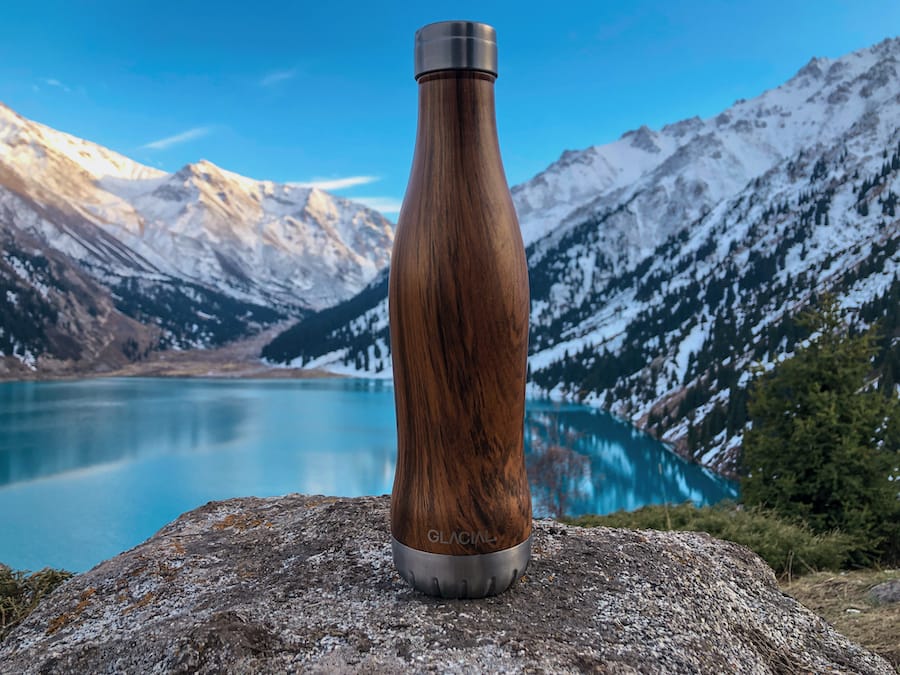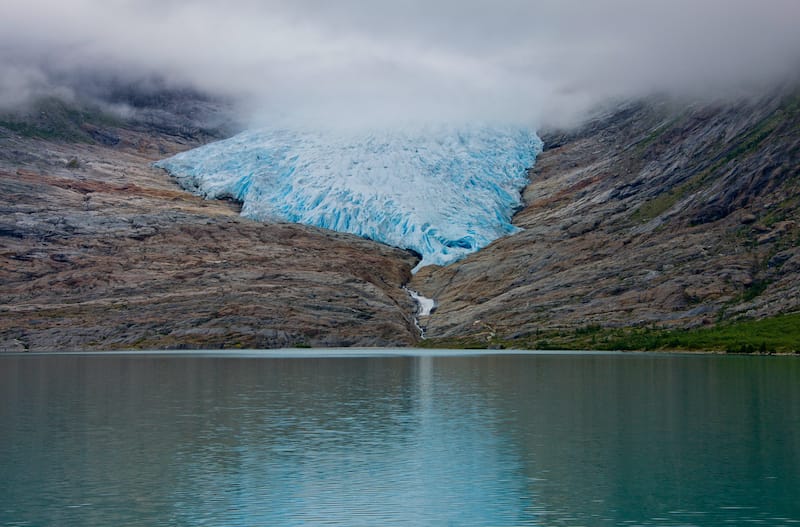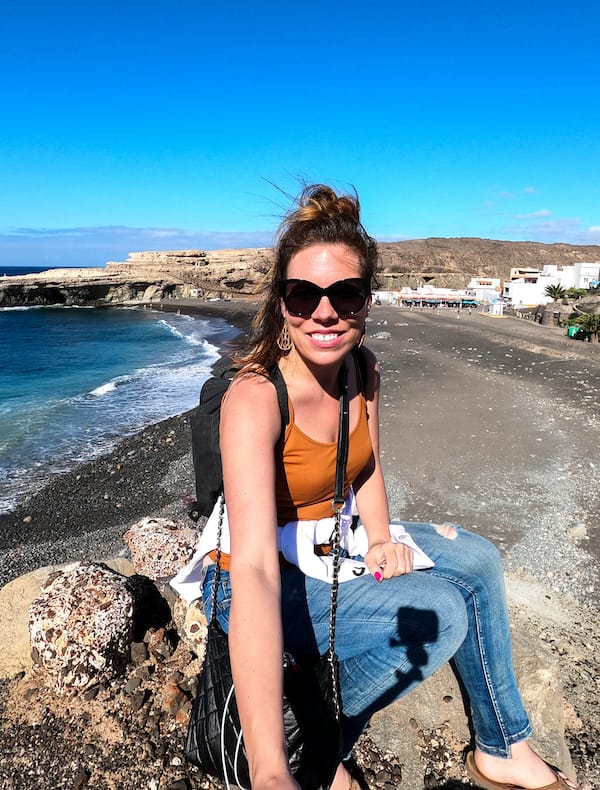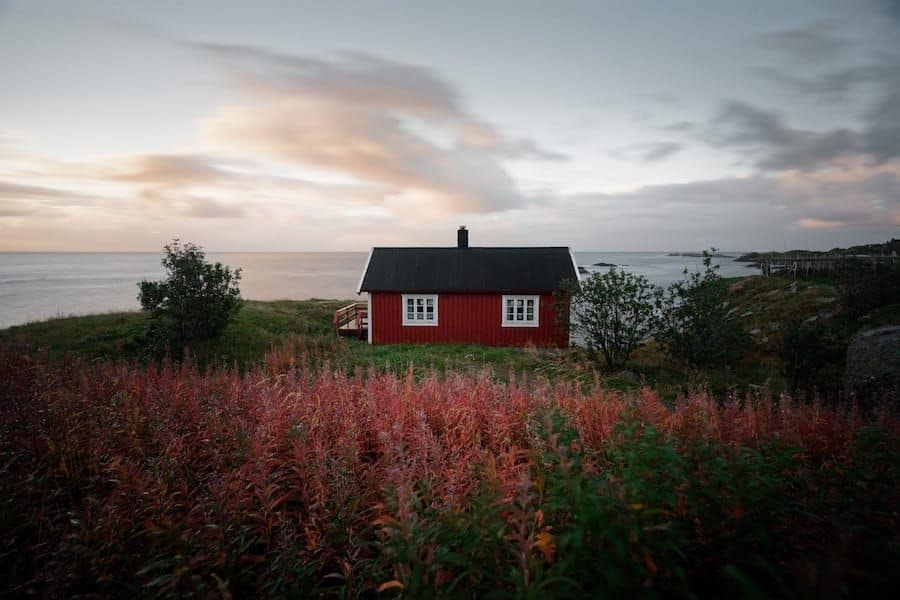If you’re a student and love nature, Norway is probably your dream destination. But even though you’d love to explore the country of fjords and mountains, you probably think you’d have to spend a small fortune on the trip.
Let’s be straight here. Is Norway more expensive than most travel destinations? Yes. But does that mean you’re bound to spend tons of money during your stay there? No, not at all. All you need to do is know about these five ways to travel Norway (practically) for free.
In this post...
First, a Word on the Flight Tickets
Unfortunately, there’s no way you can get to Norway completely for free. That said, if you fly outside of the peak season, you can save a great deal on the tickets – arguably, the most expensive part of the trip.
For example, a round trip between New York City or Chicago and Oslo will cost you upward of a whopping $600 in July. However, if you look for the same itinerary in March or April, you’ll find round-trip tickets for around $350. The same goes for October and November.
The only problem is, of course, that you’re supposed to be in class in spring and fall. But don’t worry: there’s a solution if your wanderlust trumps your desire to study. You can always offload your homework to a service like EssayPro and start packing your backpack! (Yes, it’s not free, but it’s a good investment if you want to see the world without worrying about academics.)
Couchsurf to Save on Accommodation…
Accommodation doesn’t come cheap in this Nordic country – yes, even if you only look for hostels on Booking.com. A bed in a mixed eight-person room would cost you around 200 NOK (~$23), plus 50 NOK (~$6) for bed sheets.
Fortunately, there are alternatives. One such alternative is Couchsurfing: there, you can find locals willing to let you crash their couch for a night or several. All you need to do is go to the website, create a profile, and describe why you’d make a great companion for a couple of days.
Of course, you have more chances to find a host in bigger cities like Oslo and Bergen. In the countryside, it’s a lot less likely – but that’s not to say it’s impossible, either.
A quick sidenote: remember to keep up with COVID-19 travel restrictions and measures within the country before and during the trip. You don’t want new testing or quarantine requirements to be a surprise.
…Or, Bring a Tent & Camp Out
If you’re a nature lover and don’t mind sleeping in a tent, take a tent and camp out during the night! Norway is perfect for that for one simple reason. Unlike other European countries such as France or Germany, it’s legal to put your tent anywhere in the wilderness, as long as:
- You respect the environment and don’t leave trash after your stay;
- The closest house or cabin is more than 150 meters away;
- You don’t camp out on private property.
Learn to Love Grocery Shopping
Eating out is going to drain your bank account fast. That’s because the price for a main dish at a not-at-all-fancy restaurant usually starts at 200 NOK (~$23). Even the ready-to-go sandwiches in supermarkets are going to be hard on your wallet.
So, your best option is to go grocery shopping and cook your meals. Here are some tips for finding the best deals possible while you’re at it:
- Go to Rema 1000 and Kiwi – they’re the cheapest supermarket chains in Norway;
- Keep an eye out for the word “Tilbud” – it means “discount”;
- Opt for the store brand food – you won’t feel the difference in quality, but your wallet will be thankful;
- Install the “Too good to go” app on your phone: it connects restaurants that have leftovers with people ready to buy them (you can get a good meal for as little as 35 NOK, or $4).
Pro tip: If you want to go out to eat, look for a falafel place. Yes, it’s not traditional Norwegian food, but the wrap will cost you 60 NOK (~$7) instead of 300 NOK!
Bring a Reusable Water Bottle
Alright, this doesn’t seem like a big deal, compared to everything listed above. But if you make it a habit to buy bottled water, the expenses will quickly stack up.
A half-liter bottle of water costs around 25 NOK (~$3). Since you should be drinking around two liters a day… Well, by the end of a two-week trip, you’ll have spent 1,400 NOK (~$160) on just water!

Tap water in Norway is 100% safe to drink – and it’s free, too. So, think about taking a reusable water bottle with you when you pack; it’ll be a literal money-saver.
Plus, refilling your water bottle instead of buying a new one every time you’re thirsty helps you reduce the amount of trash you create. It’s a small gesture that can have a big impact on the environment.
Get Around the Country by Hitchhiking
If you’ve never hitchhiked before, Norway can be a great place to start. Transport within the country is expensive, like anything else, no matter whether you rent a car (beware the tolls), buy a bus ticket, or opt for the train.
Of course, hitchhiking has its pros and cons. The main downside is that you might be stuck in the middle of nowhere in bad weather without a single car in your vicinity for hours. Plus, it’s hard to plan for arrival times.
On the bright side, however, you’ll be traveling for free. But that’s not the only upside. You’ll also get to meet people from all walks of life, and the whole endeavor will be a great adventure for the explorer in you. Besides, there’ll be no language barrier – Norwegians speak English well.
3 More Tips for Exploring Norway on a Budget
Yes, that’s not all! Here are three more quick tips on how to bring down your travel costs in Norway:
- Take a free walking tour. If you want to explore the city you’re visiting, you don’t have to pay for a tour. There are volunteer-driven walking tours that are free of charge in Oslo and Bergen.
- Walk or use public transport. This is obvious, but still. Make sure you don’t buy tickets directly from the driver – they’ll be more expensive. Plus, consider getting a daily or weekly pass, they’re usually a good deal.
- Ask locals. You won’t find a Norwegian who doesn’t speak English. So, don’t hesitate to approach someone and ask for the cheapest place to shop for groceries or an inexpensive way to get somewhere.

In Conclusion
When it comes to traveling, tourism isn’t the only option on the table. If you want to settle in a new country for more than just a couple of weeks, consider going for studies or a summer job abroad. Norway has plenty to offer in both prospects.
State educational institutions are completely free of charge (except for small fees that are usually below $50) – yes, even if you’re a foreigner. That’s already tempting, isn’t it? But that’s not all: most programs are taught in English, and you’ll be allowed to work up to 20 hours per week.
As for summer work, it’s a perfect opportunity to experience Norway during the high season without going bankrupt. You can help out on a farm, become an au pair, or use your native English-speaking skills in the travel and tourism industry.

Megan is a travel blogger and writer with a background in digital marketing. Originally from Richmond, VA, she now splits her time between Frankfurt, Germany and Arctic Finland after also living in Norway, Armenia, and Kazakhstan. She has a passion for winter travel, as well as the Nordic countries, but you can also find her eating her way through Italy, perusing perfume stores in Paris, or taking road trips through the USA. Megan has written for or been featured by National Geographic, Forbes, Lonely Planet, the New York Times, and more. She co-authored Fodor’s Travel ‘Essential Norway’ and has visited 45 US states and 100+ countries.

